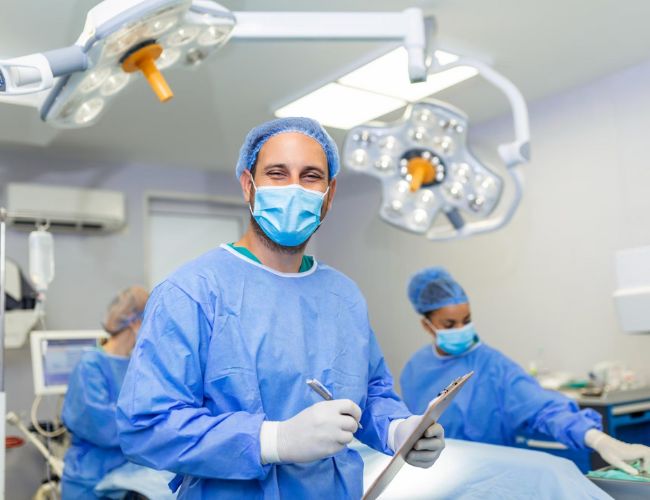- Mon - Sat 08:00 AM - 08:00 PM
- Call Us: +91 77603 00622
- himasglobalhopital@gmail.com

Laparoscopic fundoplication is a keyhole procedure performed for patients with severe acid reflux, Barrett’s oesophagus and symptomatic hiatus hernias that no longer respond to medicines. It is done to prevent acid from the stomach passing the wrong way into the oesophagus. The operation is predominantly laparoscopic, very rarely conversion to open surgery may be necessary.
Procedure of Laparoscopic FundoplicationThe procedure involves narrowing the defect through which the oesophagus enters into the stomach as well as wrapping the upper part of the stomach around the lower oesophagus to recreate the valve at the lower end of oesophagus. The wrap itself may be complete or partial depending on the situation.
The surgery takes about 1.5 to 2 hours and is carried out under general anaesthesia.
Overnight hospital stay is necessary, although some patients can go home on the same day.
There are restrictions to food intake for the first few weeks after this procedure. Sloppy and pureed food is advised for 6 weeks following the surgical operation. Your provider will give dietary advice will before you go home. Anti acid medicines can be stopped immediately after the surgical procedure.